Who is Kia and what does the brand stand for?
Kia made a big splash at the recently concluded Auto Expo and truly whet our appetite for the shape of things to come. But what’s coming when, and how does it compare? Here’s a closer look at what to expect.
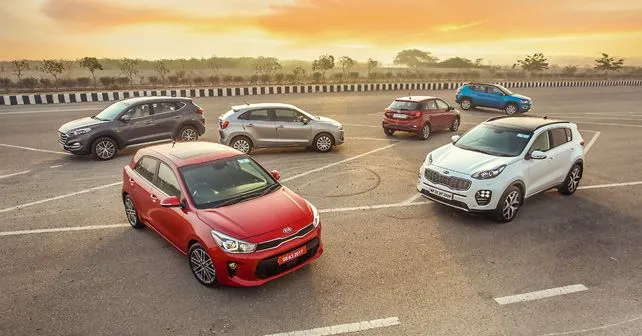
Kia made a big splash at the recently concluded Auto Expo and truly whet our appetite for the shape of things to come. But what’s coming when, and how does it compare? Here’s a closer look at what to expect.
Before we begin this feature, and attempt to describe what it is, first, what it isn’t – this isn’t a comparison between two Kias and a handful of machines already on the market.
To begin with, these two Kias – the Rio hatchback and the Sportage SUV – haven’t even been launched in the market. In fact, as yet, we don’t even know if these two models will eventually be launched. We’ll get into the details in the following pages, suffice to say that Kia made a big splash by showcasing 16 global models at the recently concluded Auto Expo – which got a lot of people very excited about the brand’s entry into India (albeit a bit late in the day)!
The star of their showcase at the expo – along with the beautiful and svelte Stinger sports sedan – was, of course, the global debut of the SP Concept SUV.
Here’s what we know already
Kia signed an MOU with the Andhra Pradesh government in April 2017 to invest $1.1 billion in a 536-acre greenfield manufacturing facility that will have the capacity to produce 300,000 vehicles. A subsequent announcement has pledged an additional 100,000 units in future, along with a promised total investment of $2 billion by 2021. At present, construction is proceeding at a frenzied pace and the plant is running one month ahead of schedule. Kia certainly took its time to get here, but it appears that they’re preparing themselves to well and truly take the fight to the market.
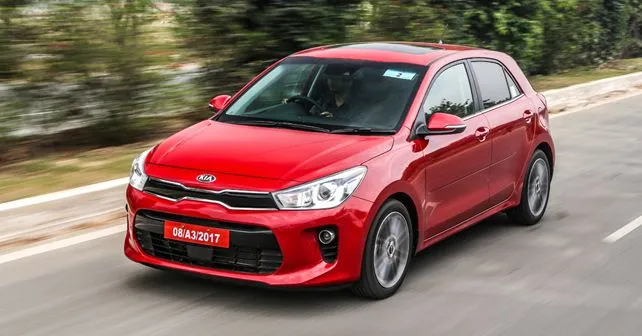
So, who is Kia?
Kia is part of the Hyundai Motor Group – now the fifth largest manufacturer in the world. Hyundai, of course, is a company that we know very well in this neck of the woods – as it’s grown to become the largest passenger car exporter and second largest manufacturer in India. Kia, however, is much less known – many even think it’s an Australian brand since it’s been the lead sponsor for the Australian Open tennis Grand Slam since 2002.
Kia was founded in 1944 as a manufacturer of bicycle parts in Korea. It then went on to make motorcycles and three-wheeled vehicles. In 1974, it launched South Korea’s first production car. In 1986, in partnership with Ford, Kia launched its first mass-market overseas model. By the late ‘90’s, however, the Asian financial crisis had taken a toll on the company, and, in 1998, Hyundai acquired a majority stake in Kia.
Today, Hyundai owns a little over 30% – making it the largest shareholder in Kia. The two companies share R&D facilities, such as the 12,000-people strong Namyang centre a couple hours out of Seoul.
How closely related are Hyundai and Kia cars?
To benefit from economies of scale, Hyundai and Kia share up to seven platforms. However, they go to great lengths to ensure that not only do the eventual models look different but also that they each have their own individual character. Internationally, Hyundai is positioning itself as being more premium and refined, whereas Kia is more youthful and vibrant. The positioning for India, however, still isn’t clear.

How do I recognise a Kia?
Well, through their distinctive “tiger-nose” grille of course! Kias are known for their sharp and aggressive designs. In fact, they’ve won over 50 major design awards over the past many years thanks to the leadership of Peter Schreyer.
Peter Schreyer is one of the most respected car designers of our time – best known for his design of the original Audi TT. He’s been the Chief Design Officer at Kia since 2006, and has since gone on to become President and Chief Design Officer of the Hyundai Motor Group as a whole. His move to Kia in 2006, after 25 years at the VW Group, was considered quite a coup for the Korean manufacturer.
When asked about the difference in the character of the two brands, here’s what Schreyer had to say, “Hyundai is more like the charismatic leader, because it’s the mother company, and Kia is more the youthful challenger. So, Kia is a bit more vibrant and Hyundai is a bit more classic. Hyundai has a more sensuous form language. Hyundai is more like a drop of water – so, if you think of how nature forms a river stone. In our design manifesto, Kia is a little more tech driven. Kia is more like a snow crystal, which is more of an architectural object. So, for Kia, we always stress on the simplicity of the straight line – something that is very clean, clear and architectural, whereas Hyundai is a bit more sensuous.”
What about Kia’s quality?
A decade ago, Kia’s quality was well below the industry standard. Recently, however, Kia ranked number one (ahead of Porsche in second place) in the JD Power Initial Quality Survey – which was the first time in almost 30 years that a mainstream brand topped the charts. Kia is also known for standing behind its machines with a seven-year warranty – which, if retained in India, would be a first and would be a great competitive advantage for the brand when it officially launches its cars next year.
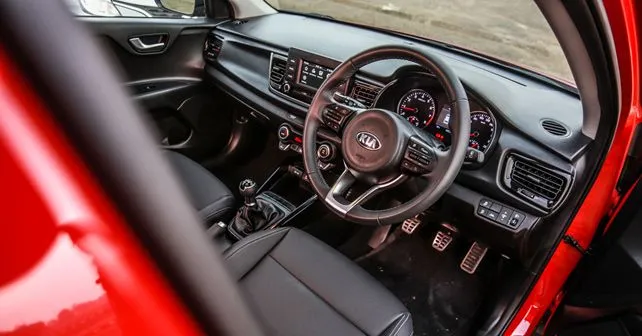
When it comes to quality and features, Hyundai has upped the game in many of the segments in which it operates – and we expect Kia to push the boundaries even further. The overall refinement and quality levels are very similar in both sets of machines – the Tucson and i20 from Hyundai and the Rio and Sportage from Kia. Presumably, you’ve figured out by now that the Rio and i20, and the Tucson and Sportage, share the same platforms. There are some added niceties in the Rio however. For instance, it has soft-touch door pads as opposed to the hard plastic door trim pieces in the i20 – and all the other cars in this segment for that matter. Keep in mind, though, that these Kia models are in their global spec and are likely to change when the cars are manufactured in India. On the whole, though, quality levels are very high indeed – certainly higher than the Baleno in the case of the Rio, and even the Compass when compared with the Sportage. And if these quality levels are maintained, the expectation certainly is that Kia will come command a slight premium.
What about style?
As Peter Schreyer says, Kia is more youthful and exuberant – and it shows. The “tiger-nose” grille is aggressive, while the other lines are taut and clean. There are some additional niceties too, such as the four LED ‘ice cube’ fog lights on the Sportage. On the inside too, the Kias feel edgier than the two Hyundais. Both the i20 and the Tucson have two-tone beige interiors (which the Indian market seems to love) that feel distinctly grown up and refined. Both Kias, however, have all-black cabins that feel much sportier than their brethren – and actually feel closer in character to the Maruti and Jeep. I especially like the seats in the Sportage, as well as the flat-bottom steering wheel in this GT-Line trim. Where this duo of Kias aren’t quite at the same level as the Hyundais with which they share their underpinnings is in their infotainment system. Both Kias have fairly basic systems, while the top-of-the-line Hyundais have all moved to large and slick touchscreens.
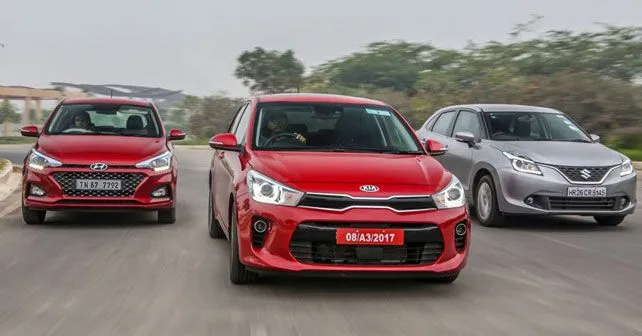
What about on the road?
Here’s where things start to get really interesting – because that youthful and exuberant, sporty even, character is very much translated to the road. The steering has a slightly weightier feel and is certainly a lot sharper than the equivalent Hyundai – so too are the brakes and the overall feel of both machines. In the Rio, though, this comes at a heavy price. Its 205/45 R17 Continental Conti Sport Contact tyres and firm suspension give it amazing handling and road holding of course, but the resulting ride is a tad too firm for our roads. Of course, the ride height and suspension will be tweaked dramatically for the India-spec models – which, in some ways, is a shame since it means that the India-spec Kias will likely lose this sharp edge to an extent. At present, the suspension set up feels very European – which is to say very driver-centric. In fact, it has the same character that we came to love from the first generation BMWs in India – before they became floaty and soft like they are now. In this instance, the Rio feels more like the Baleno than the i20 – as the Maruti is that little bit sharper and more direct than the Hyundai, which is more tuned towards comfort.
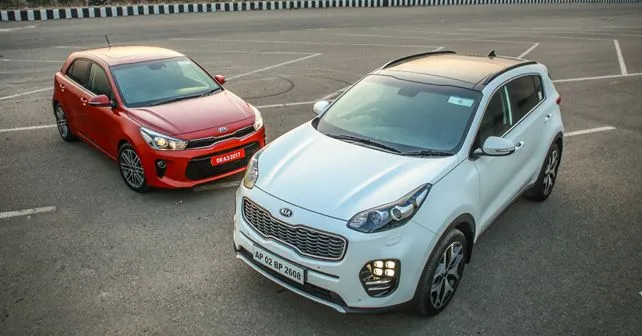
The Sportage too has a slightly heavier and more precise steering than the Tucson, but, on the whole, it feels very similar in character, especially since both cars share the same drivetrain – a punchy 2.0-litre turbo-diesel mated to a six-speed automatic transmission. Here, as well, though the Sportage – fitted with 19-inch rims, versus 18s on the Hyundai – feels that little bit firmer and more rewarding to drive, while the Tucson feels just as capable but more grown up and tuned towards comfort.
The Jeep, on the other hand, will be far more capable than both off-road, but isn’t quite as refined on the road – especially when you consider the diesel clatter that pervades the cabin of the Compass versus the more muted hum of the Korean machines. Here again, though, the Tucson is pricier than the fully-loaded Jeep – and the expectation is that Kia will position their cars at a slight premium to the equivalent Hyundai models.
Whereas, globally, Hyundai – as the parent brand – is positioned at a premium to Kia, this positioning may not necessarily work in India – especially initially, as Kia builds up the local content of their cars. Take Mexico, for instance, where the brand was launched in 2015 – in Mexico, Kia is perceived to be a relatively premium brand.
In India too, this could sit well with their slightly edgy and more youthful brand image – not to mention excellent quality levels – as they seek to build volumes and grow the local content in their cars.
So, when can I buy one?
As we said before, at this stage, we don’t know if Kia will launch either the Rio or the Sportage in India. The Rio is now also available in sedan form, so that may be an option as well. The Sportage, meanwhile, seems the likelier choice, as SUVs are the flavour of the month and not as price sensitive as the hatchback segment. Moreover, the Sportage got a very positive response at the expo. That said, the Tucson hasn’t necessarily been met with as much of a favourable reception as Hyundai would have liked. But that could be because Hyundai is known as a small car manufacturer in India, while Kia’s starting with a clean slate from an image standpoint.

That apart, we know for sure that Kia will be launching another SUV – the SP Concept, based on the Creta chassis and with the same drivetrains, which will be right in the heart of the still emerging SUV market.
The SP Concept, we expect, will not only be stylish but also feature-rich and cutting edge. While this new SUV is a global product, it’s been developed very much with the Indian market in mind.

The SP Concept should roll off the assembly line in Andhra Pradesh in September next year. One more model, at the very least, will also be launched at the same time. A year later, following the launch of Hyundai’s sub-four-metre SUV, a Kia model built on the same platform will follow. At a minimum, two new models will be launched every year as Kia builds its dealership network to cover 120 cities by 2020.
Spending a few days with these machines in our conditions taught us a couple of things – it reinforced our belief that Kias are stylish, fun and well built. Needless to say, it has genuinely whet our appetite as we wait for the rollout of India-spec models next year.
Also read:
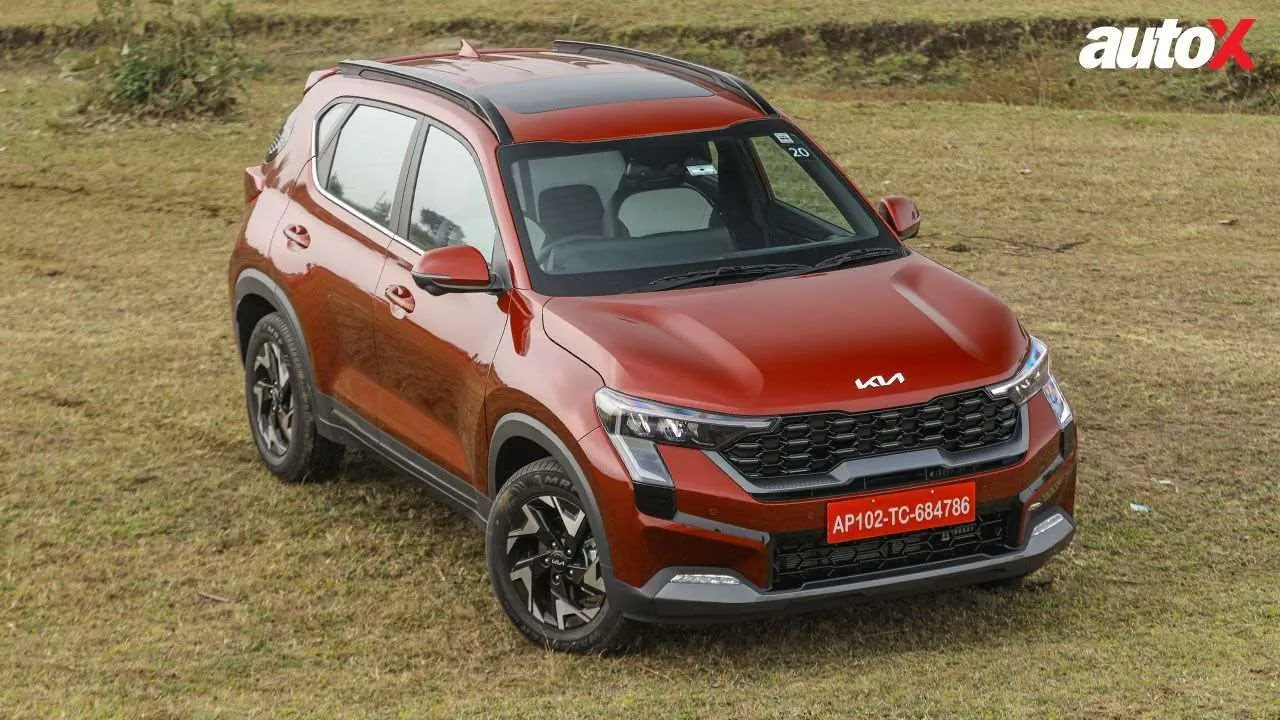
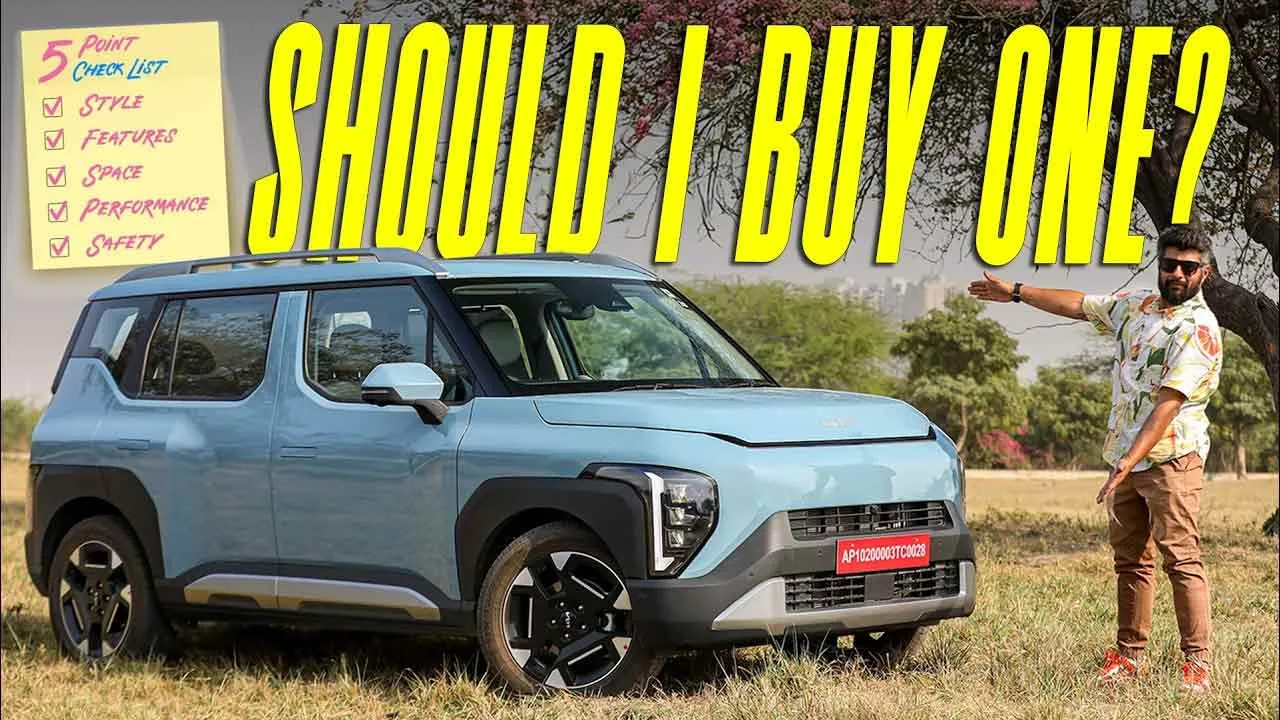
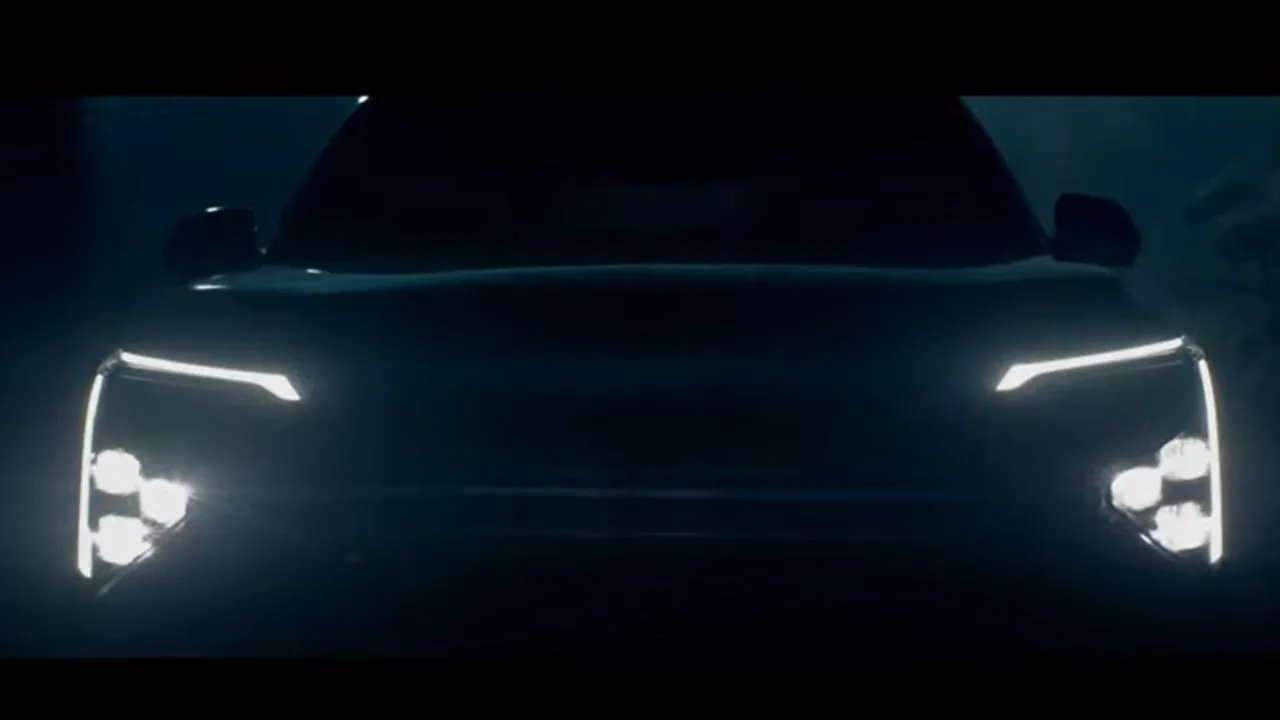
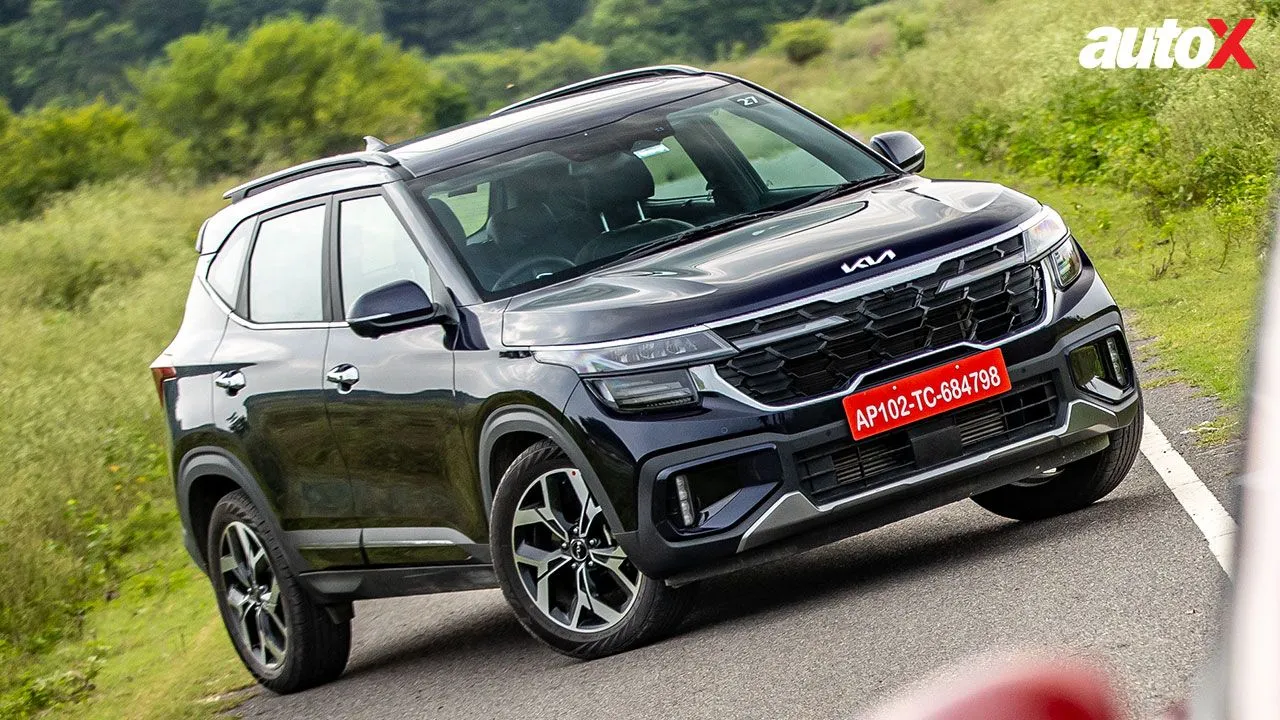
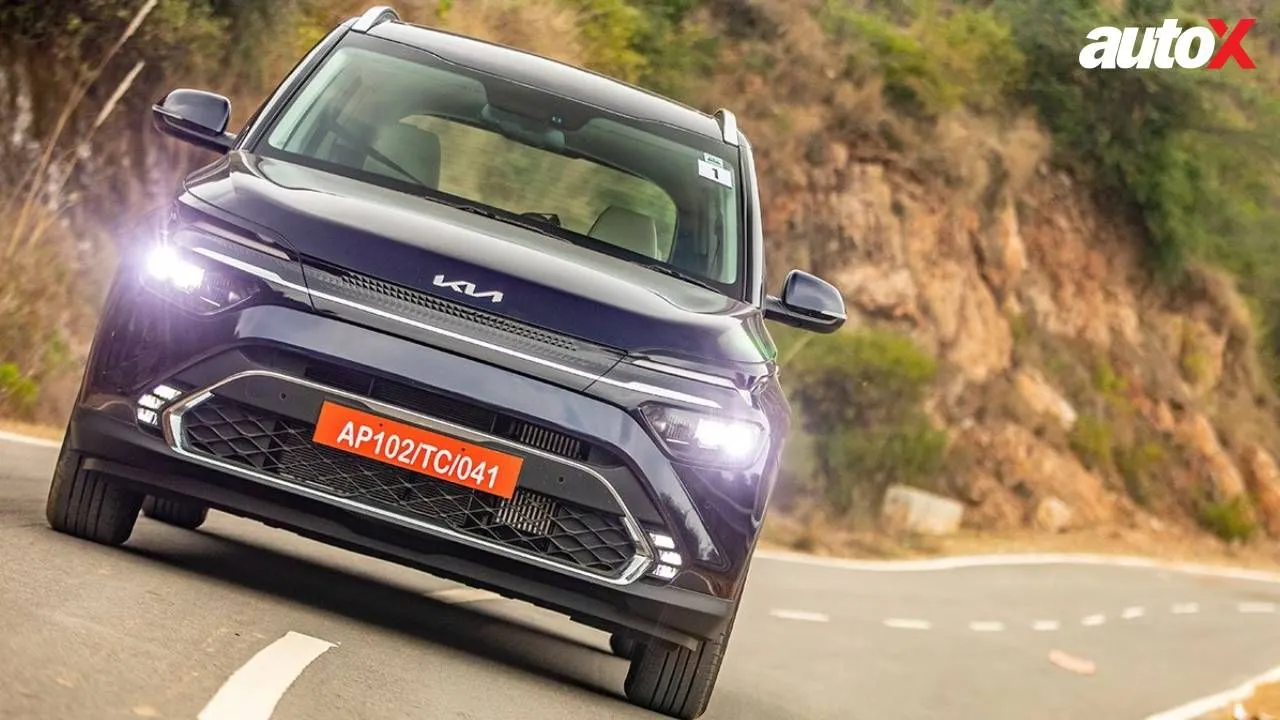
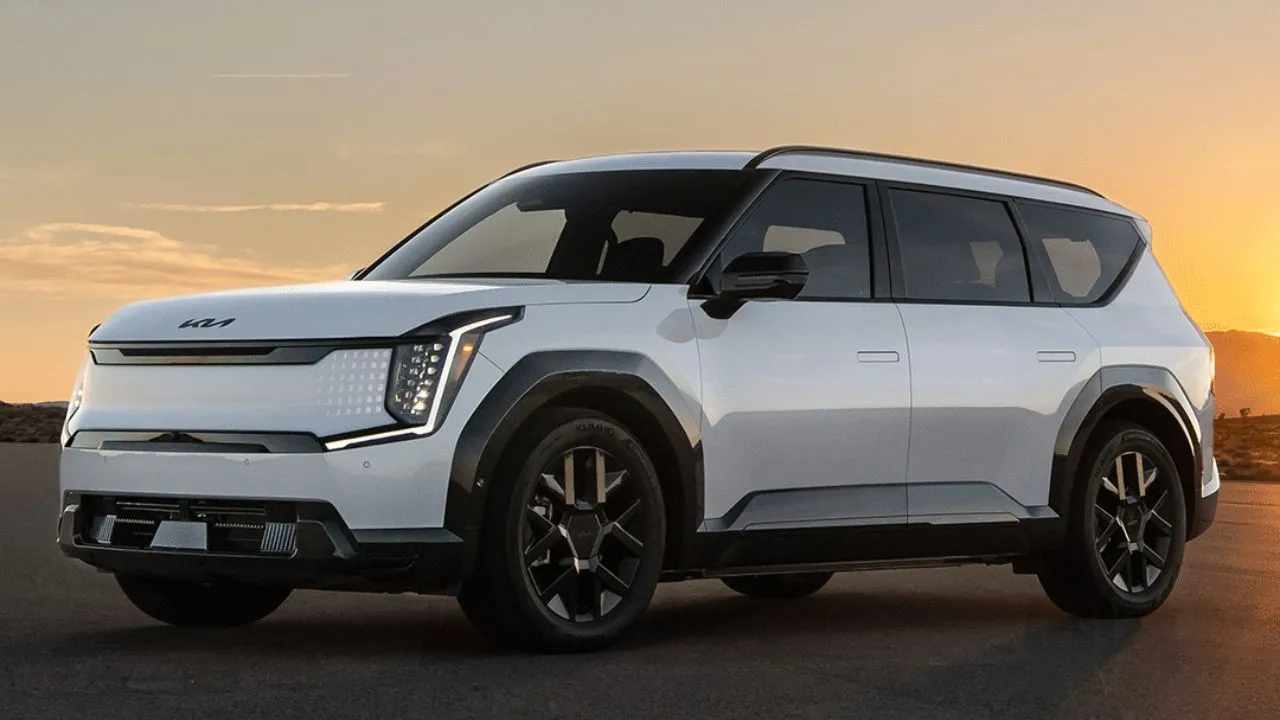

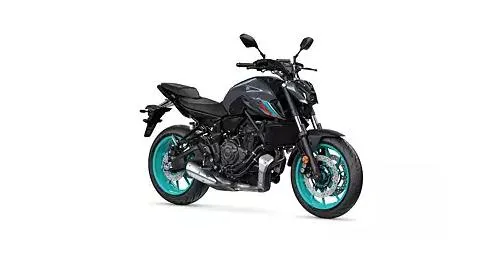



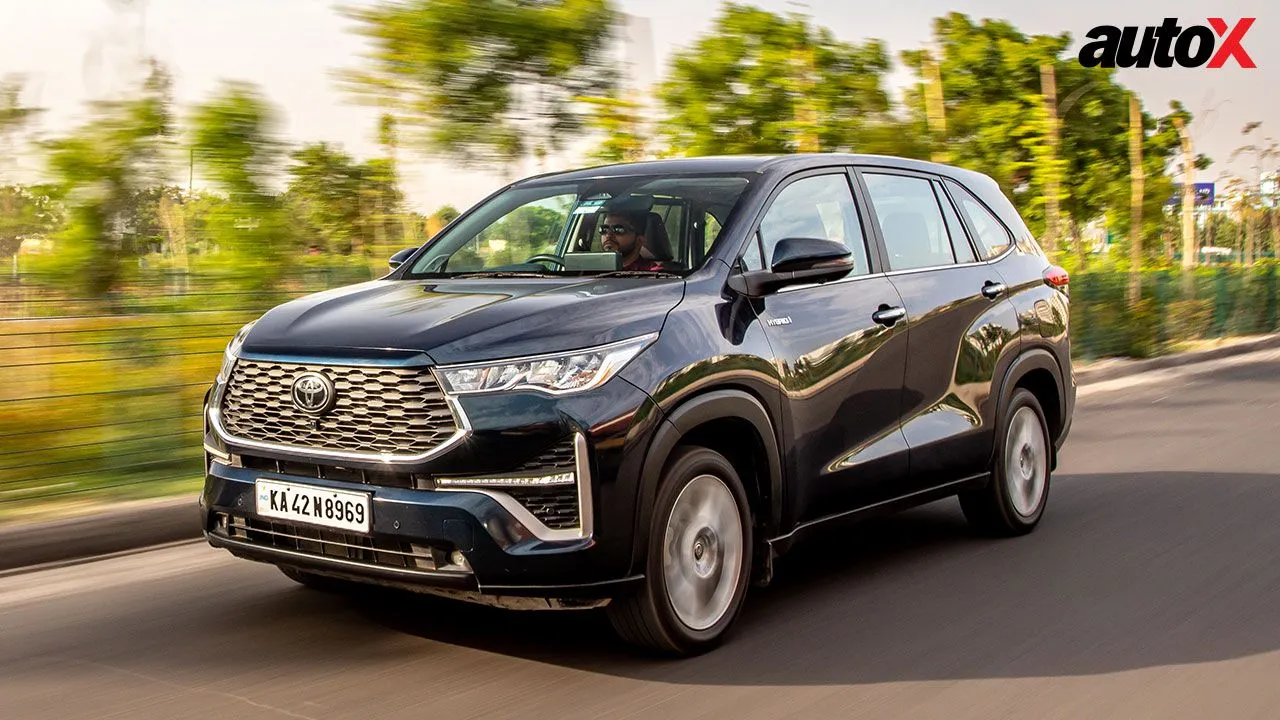
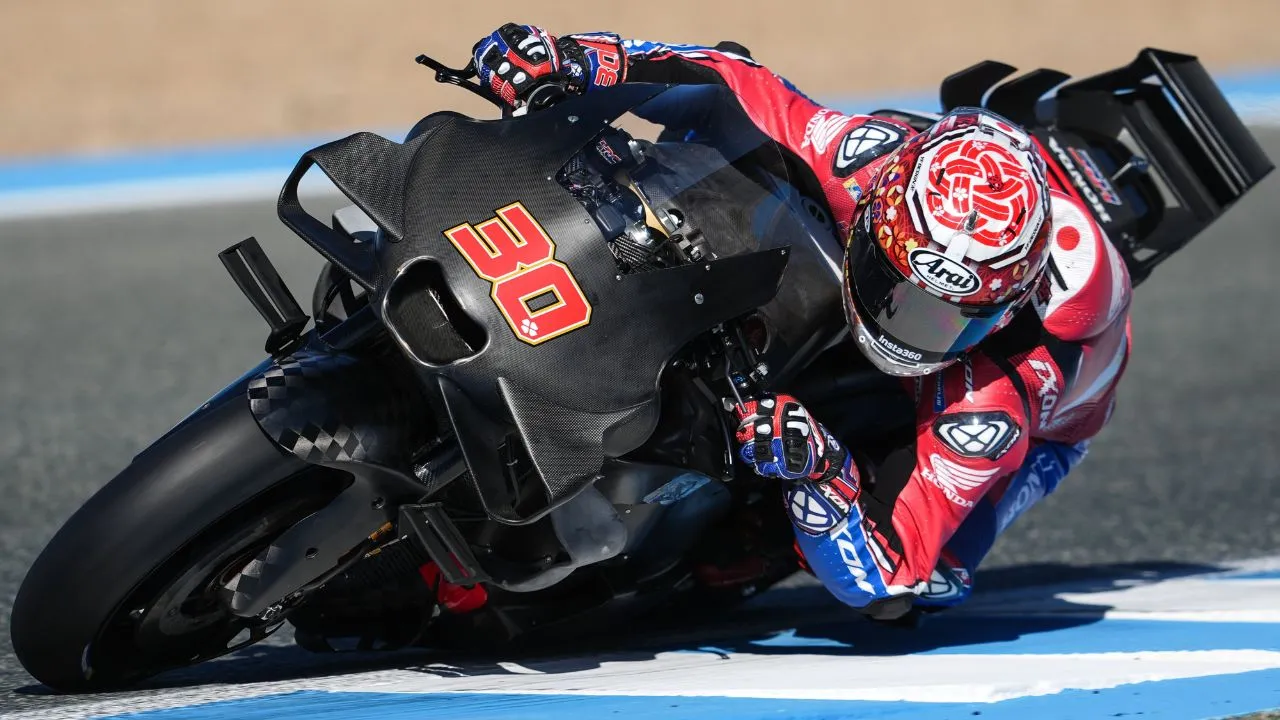
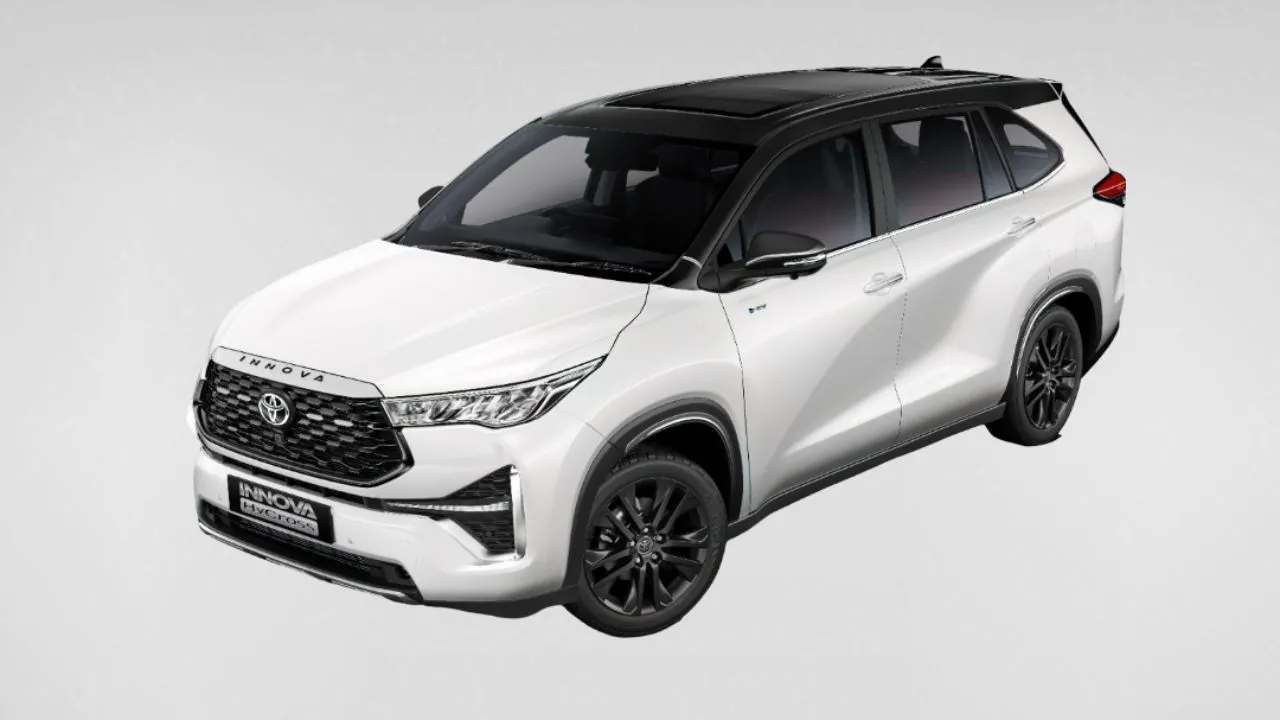

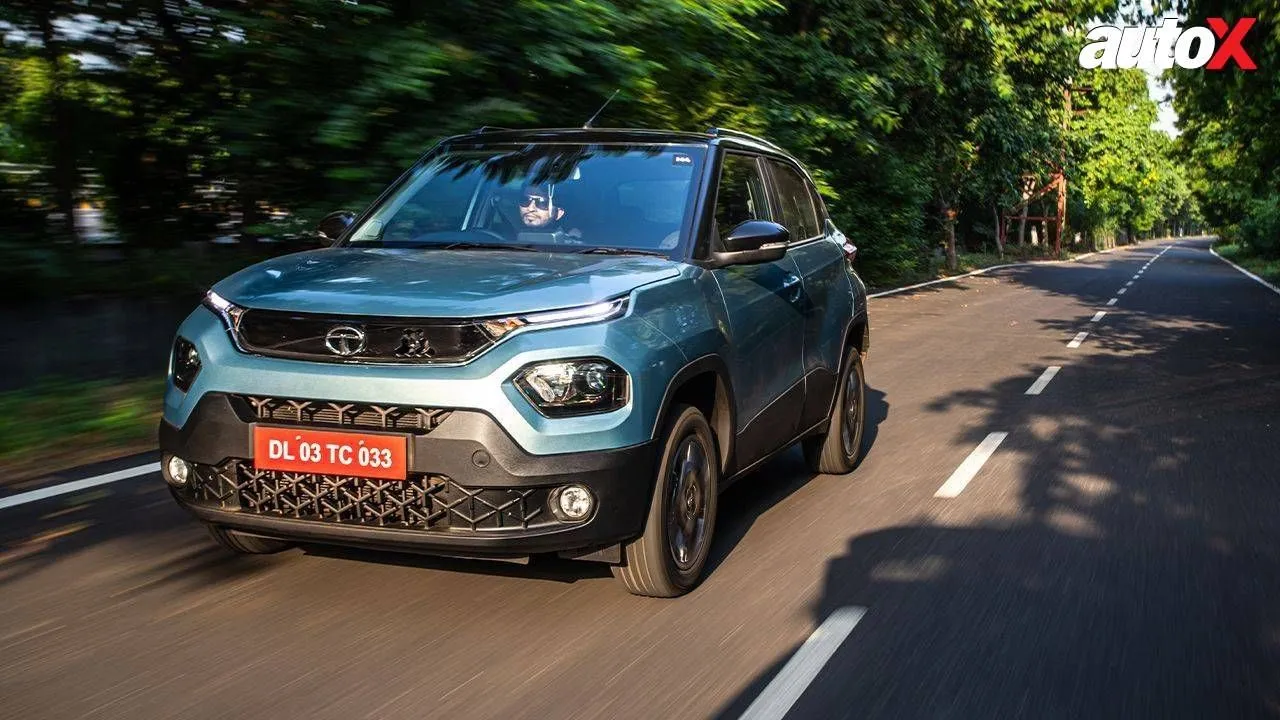





Write your Comment on